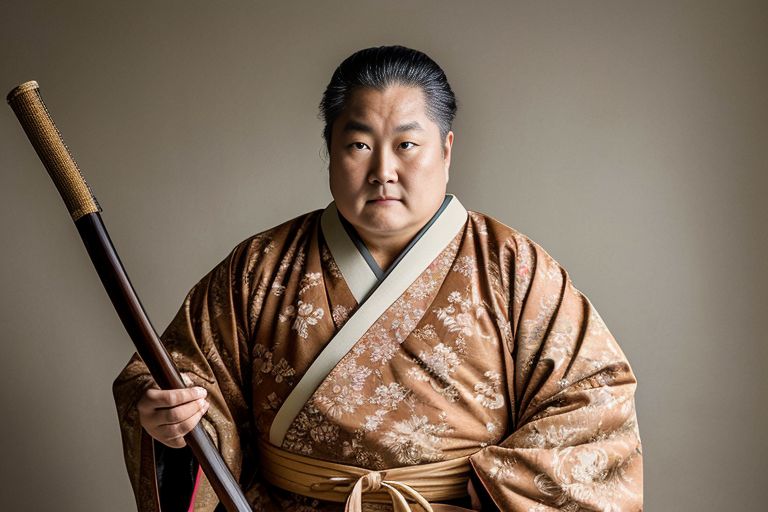The Last Samurai: Saigō Takamori's Legacy
- Japanese Kanji: 西鄕 隆盛
- Japanese Kana: さいごう たかもり
- Hepburn romanization: Saigō Takamori

The Life of Saigō Takamori
Saigō Takamori, born in 1828 in Kagoshima, Japan, was a pivotal figure in Japanese history. Known as the "last true samurai," he played a crucial role in the Meiji Restoration, which restored imperial rule to Japan in 1868. Saigō's early life was marked by his education and training in the samurai traditions of the Satsuma Domain.
Early Years and Rise to Power
Saigō was born into a modest samurai family and quickly distinguished himself with his strong adherence to samurai values. His leadership skills were evident early on, and he became a key military strategist and leader during the turbulent times leading up to the Meiji Restoration.
The Meiji Restoration
The Meiji Restoration was a period of major political, social, and economic change in Japan. Saigō was instrumental in the overthrow of the Tokugawa shogunate and the establishment of a modern, centralized government under Emperor Meiji. Despite his initial resistance to some of the reforms, including the opening of Japan to the West and modernization initiatives, Saigō's influence was critical in the transition period.
The Seikanron Debate
One of Saigō's most controversial stands was during the Seikanron debate of 1873, where he advocated for a punitive expedition against Korea. His proposal was motivated by Korea's refusal to recognize the new Meiji government and its derogatory treatment of Japanese envoys. This stance led to his resignation when the government decided against military action due to financial and strategic considerations.
The Satsuma Rebellion
The Satsuma Rebellion of 1877 was a pivotal event in Saigō's life and in Japanese history. It was led by Saigō and his followers from Satsuma, who felt betrayed by the government's rapid modernization policies which undermined the samurai class.
The Outbreak of Rebellion
The rebellion began after growing discontent among the samurai, who were stripped of their privileges and stipends. Saigō, initially reluctant, was eventually drawn into leading the rebellion, which aimed to address grievances against the Meiji government.
Key Battles and Saigō's Death
The rebellion saw several key battles, including the Siege of Kumamoto Castle and the Battle of Shiroyama, the latter being where Saigō made his last stand. Despite initial successes, the rebels were outnumbered and outgunned. Saigō's death in this battle marked the end of the rebellion and the final defeat of the samurai's traditional role in Japan.
Legacy and Memory
Saigō Takamori's legacy is complex. He is remembered both as a staunch defender of samurai values and as a pivotal figure in Japan's transition to modernity. His life has been romanticized in many forms of media, and he remains a symbol of loyalty and honor in Japanese culture.
Monuments and Cultural Depictions
Saigō's impact is commemorated by several monuments, including a famous statue in Ueno Park, Tokyo. This statue depicts him in a peaceful pose with his dog, contrasting with his turbulent life and times. His story continues to inspire and resonate in Japan and beyond, symbolizing the struggle between tradition and modernity.
Saigō Takamori's life story encapsulates a significant period in Japanese history, marked by the end of samurai dominance and the rise of modern Japan. His dedication to his beliefs and his ultimate sacrifice made him a legendary figure, embodying the spirit of the samurai in a changing world.